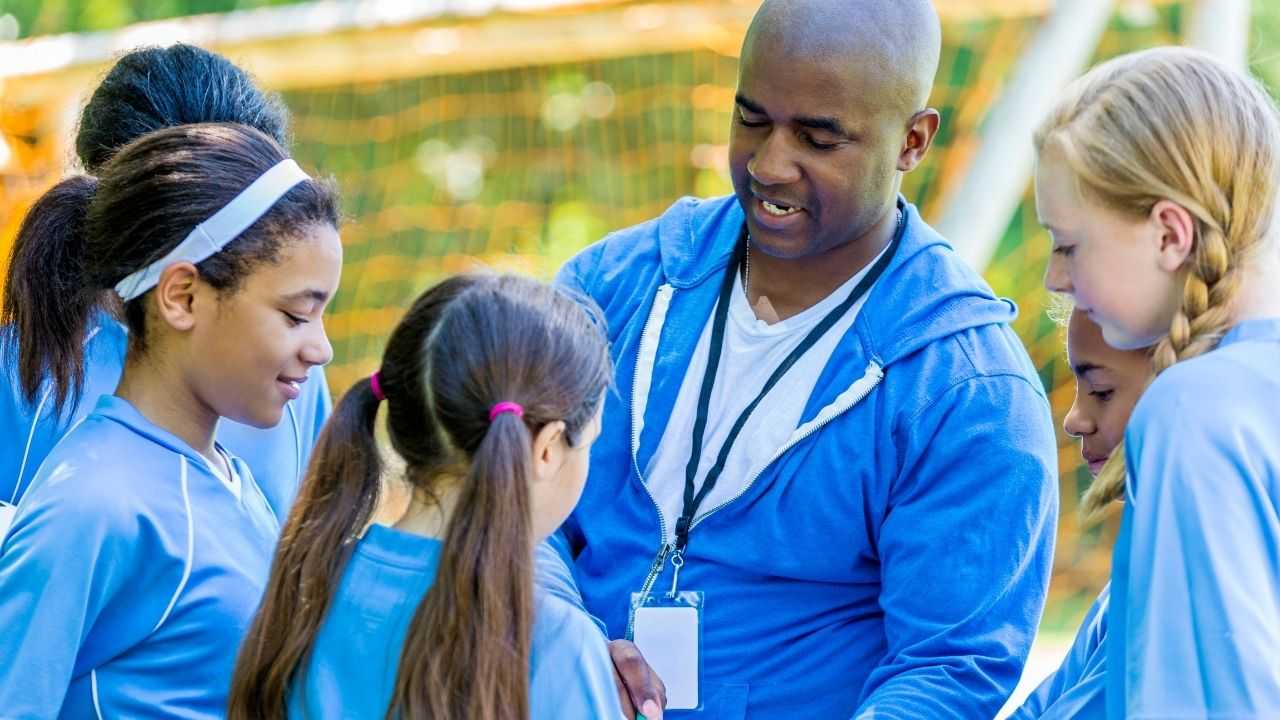What Coaches Need to Know About Mental Health
Bringing mental health literacy into practice is easier — and more important — than you think
Keren Gudeman
| 4 min read

Canva
It goes without saying: The pandemic has wreaked havoc on mental health, for kids and parents alike. And researchers at Penn State confirm what most families are feeling — collective fatigue, overwhelming stress, irritability, anxiety and depression.
The good news, now that youth sports is opening up again, is that physical activity is a great mental health intervention. Simply being back on a team, on the field and working up a sweat at practice can be a healthy choice for kids.
A coach has the opportunity to do even more, though.
And you do not need a degree to do it.
What’s mental health literacy — and what does it have to do with me?
Mental health literacy is understanding what being mentally healthy looks and feels like, and knowing how to get help when you need it. For coaches and parents, it means having a basic understanding of and ability to talk about emotional well-being throughout life. Think of it as social-emotional learning plus.
The plus is the willingness to talk about mental health and seek resources when needed.
Coaches have an opportunity to normalize conversations about mental health, says Dr. Stephen Hebard, director of research at Prevention Strategies and researcher with the Institute to Promote Athlete Health and Wellness at UNC Greensboro. Hebard specializes in mental health education in sport, and encourages coaches not to wait for a problem to emerge.
Below are Hebard’s tips for bringing up mental health at practice.
Connect with parents. Hold regular parent meetings, especially at the start of the season and even if they’re brief. And be approachable. You want parents to feel comfortable coming to you about an emotional problem or concern, and vice versa.
The parent meeting is your chance to explain the kind of team culture you hope to create. A team culture that embraces mental health is a team where it’s OK to have feelings and it’s OK to talk about them.
Connect with kids. Obviously. But connecting with kids doesn’t happen by accident. You may need to structure practices that allow for small group and one-on-one time.
Some kids will chat with you; some won’t. But when you listen with empathy and are curious about your players, you’ll develop the trust that lays the foundation for open dialog about your players’ well-being.
Use the right language. One way to learn — and practice — the language of feelings and emotions is to include moments of self-reflection in practice. For example, right after a juggling activity, pause and check in with your players:
“What is frustrating you right now?”
“What feels easy right now?”
“How do you deal with your frustration?”
It really is that simple. These questions build mental health literacy by helping kids name different feelings — and by creating a space where it’s safe to share how they feel.
Embrace a beginner’s mindset. You do not need to be a mental health expert. In fact, as Hebard suggests, being open about your learning process is powerful.
Let parents know that your goal is to pay attention to players’ emotional lives as well as their skills — and that you’re all learning as you go. Being open with adults and kids alike invites everyone into an ongoing conversation about how we actually feel, which is at the heart of mental health.




